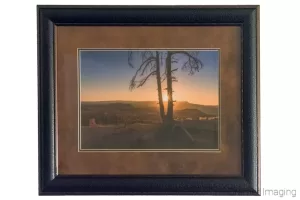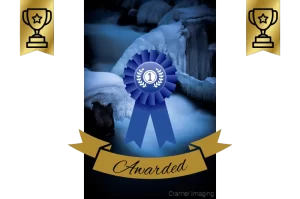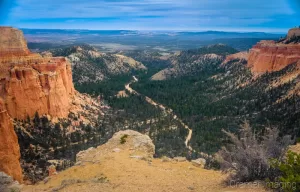Do NFT's Make Sense for Art?
Shop
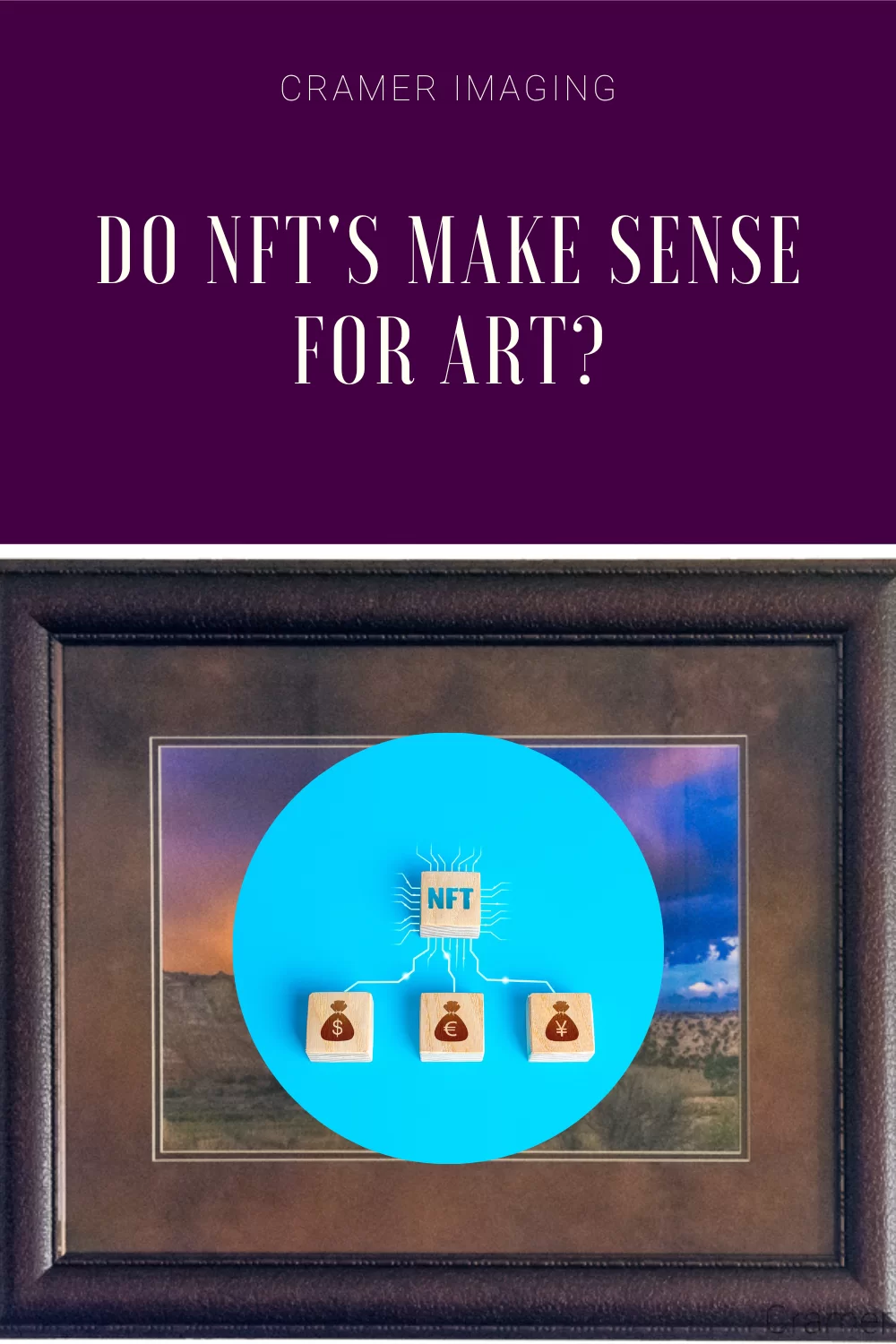
If you’ve paid any attention to the art world these days, you’ve probably run across the relatively new concept of an NFT. Those seem to be all the rage in certain circles of the art world these days (at time of writing). Since they’ve become such a hot topic, it makes sense for me to discuss NFT’s and whether or not they make sense for art. So, let’s jump right on in.
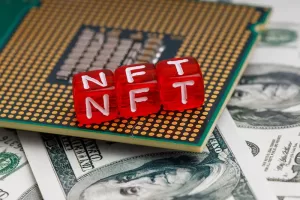
NFT Overview: What are NFT’s?
Let’s start things off right and define what an NFT is since we’re used to seeing lots of different alphabet soup acronyms floating around everywhere these days. NFT stands for “non-fungible token.” I’ll grab the Wikipedia definition to further clarify things for you.
A non-fungible token (NFT) is a non-interchangeable unit of data stored on a blockchain, a form of digital ledger, that can be sold and traded. Types of NFT data units may be associated with digital files such as photos, videos, and audio. Because each token is uniquely identifiable, NFTs differ from blockchain cryptocurrencies, such as Bitcoin.
NFT ledgers claim to provide a public certificate of authenticity or proof of ownership, but the legal rights conveyed by an NFT can be uncertain. NFTs do not restrict the sharing or copying of the underlying digital files, do not necessarily convey the copyright of the digital files, and do not prevent the creation of NFTs with identical associated files.
NFTs have been used as a speculative asset, and they have drawn increasing criticism for the energy cost and carbon footprint associated with validating blockchain transactions as well as their frequent use in art scams. The NFT market has been compared to a Ponzi scheme.

So, basically, an NFT is like a digital receipt trail or a certificate of authenticity. It allegedly shows that you’ve legally purchased rights to the digital file you’re using. Now, I need to give you a quick overview on NFT’s so you can understand the answer to the titular question.
What Can I Use an NFT for?
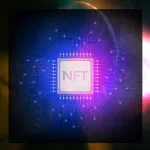 Where NFT’s are digital files, you can use an NFT file the same way you would use a non-NFT file. You can listen to an NFT music file. You can watch an NFT video. NFT image files are versatile. You can use them as your online avatar. You can print them out and display them on the wall or a t-shirt if you wish. I’ve even seen suggestions for creating a virtual art gallery with your NFT image files. NFT files are just as usable and versatile as you need them to be.
Where NFT’s are digital files, you can use an NFT file the same way you would use a non-NFT file. You can listen to an NFT music file. You can watch an NFT video. NFT image files are versatile. You can use them as your online avatar. You can print them out and display them on the wall or a t-shirt if you wish. I’ve even seen suggestions for creating a virtual art gallery with your NFT image files. NFT files are just as usable and versatile as you need them to be.
If you’re looking for what you can use the NFT portion of the file for, then you have 3 options: buy, sell, and collect. I’ve seen NFT’s compared to digital versions of trading cards. Currently, many people use NFT’s for a form of speculation. The idea is to buy when the price is low and sell when the price is high and make money that way.
How Do I Store an NFT?
NFT’s, just like other forms of cryptographic assets (like cryptocurrencies), are stored in digital wallets protected by a password. There are “hot” wallets and “cold” wallets. A “hot” wallet is stored on the block-chain, meaning not on your computer. A “cold” wallet is stored locally (not on the block-chain). It could be on a flash drive which you store in a safe. The simplistic difference is how quickly you can access the wallet contents on the block-chain for buying, selling, and trading.
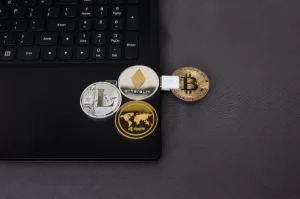
If you forget your password, then you lose access to your “hot” wallet. If you lose the drive(s) you’re storing your “cold” wallet contents on, then you lose the files. It’s that simple.
How do I Buy an NFT?
Currently, most of the NFT system is set up on the ethereum block-chain. This means that you need the ethereum cryptocurrency to buy most NFT’s. As with other cryptocurrencies, you can either mine ethereum or buy it with real world money. You’ll also need to locate a website where NFT’s are up for sale. A simple internet search should help there. The file owner sets the price of the NFT file.
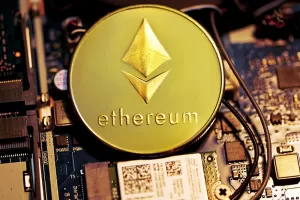
How Does Art Become an NFT?
As Wikipedia discussed above, an NFT can be any form of digital file. This means you’ll find jpegs and pngs (and tons of other image file formats) which are also NFT’s. Once you make an image file into an NFT, it’s only small hop of logic over to making art and photography image files into NFT’s as well. It’s all in adding that unique token to the digital file on the block-chain.
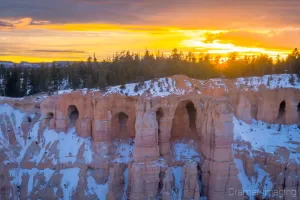
Can I Attach an NFT to a Physical Object?
People have made attempts to turn physical items into NFT’s. The results are varied. However, overall attempts haven’t worked out as hoped. There are logistical problems with trying to attach a purely digital identifying token to a physical object. A digital token easily attaches and integrates with a digital file. However, you cannot do the same for a physical object. This adds a layer of complexity, or at least extra work, to any NFT transactions attached to physical items. So far (as of time of writing), NFT’s for physical objects haven’t taken off yet. This would include NFT’s for physical pieces of art.
The Current NFT Market
In recent months, people started talking more about NFT’s in the realm of art. There are several different digital artists out there creating NFT’s using digital art. A simple internet image search will yield you results resembling the following.
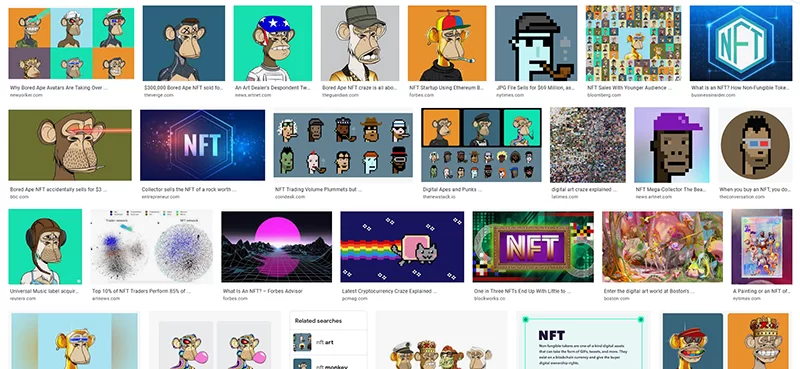
Perhaps you’ve noticed similarities in many of the images depicted above. They all appear to be variations of the same concept: a posed ape. This series is called “Bored Ape Yacht Club” and it’s only 1 of many different NFT “art” options currently available (at the time of writing). There are others. You see other options depicted above as well. There are also PLENTY more options available on the market today. Whether or not you call these images “art” is entirely up to you.
Many of these NFT artists seek to create scarcity in the market by creating limited edition runs or even single edition options. With such artificial scarcity, they feel can charge higher prices for the work they create. In essence, they’re repeating what other artists have done for years with physical art.
Are NFT’s a Viable Market for a Serious Artist or Collector?
I’d have to say, in this current iteration: no. There are way too many problems with the current system. Let’s break things down a bit. We’ll look at things from both the artist side and the buyer (collector) side.
Artist Side
Let’s start this analysis by looking at things from the artist’s side.
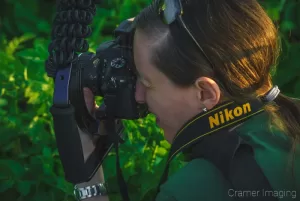
Untested Market
The world of NFT’s is a new and untested market. It currently lacks the trust built over millennia in the current art market. Cryptocurrency has been around for a couple decades now and still hasn’t seen main-stream integration. NFT’s may be a market to jump in and make a quick buck. However, long term stability is dubious given this current market structure. Unless something changes, I don’t foresee the NFT market taking hold and staying around.
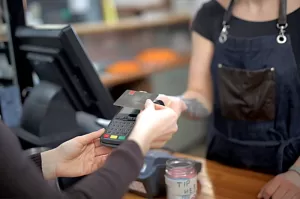
Market Reputation
Another point currently worth thinking about is this: what kind of artist do you want to be? If you want to make and sell NFT art, then enjoy! If you hope to break into higher-end art circles, then the NFT market probably isn’t for you. The current reputation of the NFT art market is not a good one (yet). As noted by Wikipedia above, some people understandably compare the NFT art market to a Ponzi scheme (a pyramid organization with a terrible reputation for scamming members). All the speculation and promises of high returns for buying in early sound oddly familiar that way. Also, the market is currently bloated with slight variations of cookie-cutter designs like the “Bored Ape” series, depicted above. Because many people do not understand the appeal of those designs, they will not join and purchase NFT’s.

As a professional landscape photographer, I’m eyeing this market. I do see some potential to make money. However, I’m still VERY leery. I have as yet to see any serious artists or photographers fully jump on-board. I’ve seen a few dip a toe in as an experiment. However, no one I’ve seen has fully committed to NFT’s. While I don’t need peer pressure to get involved, the very fact that my peers haven’t joined either speaks volumes too. They’re not sure so they don’t want to risk it either. Perhaps all it takes is 1 domino to fall. But no one seems to want to be that 1 domino right now.
Copyright Protection Issues
Also consider that it’s just as easy to violate the copyright of an NFT digital file as a non-NFT digital file. An NFT is not a form of copyright enforcement nor a technological copy protection scheme. The actual digital file, which the NFT points to, is hosted publicly on the web. Anyone can swipe the file and the NFT offers no protection for your copyright as an artist. As stated above, an NFT is much more like a digital receipt: it proves little. You still must rely on other methods such as copyright registration and DMCA take-down notices to enforce your intellectual property rights.

Investment
Another concern is that you must pay money to create an NFT. If nobody buys that NFT, then you’re out the money you paid for creating it. There’s a lot of people out there making NFT’s. There’s not as many people out there buying NFT’s.

Buyer Side
From the buyer side, I find lots of concerns worth looking at. I’ll break each point down here too.
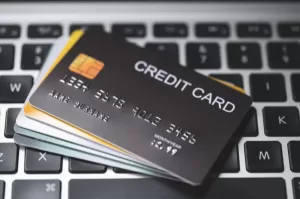
Currency of Choice
Let’s start with 1 of the more obvious concerns: you need ethereum to buy into the market. Unless you find one of the other markets using a different cryptocurrency, then ethereum is practically your only choice. As stated above, your options are to mine ethereum yourself or buy some using real world money. The price of any cryptocurrency fluctuates over time. You cannot guarantee the price 1 day to the next. Also, consider that you must pay a transaction fee for validating your transaction on the block-chain. This is known as a “gas fee.” Gas fee rates vary and sometimes errors happen where people are charged gas fees for failed transactions.
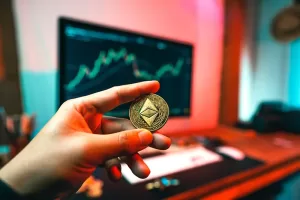
Quality of Art Offerings
Another issue is what I call a lack of serious art on the market. You can see current NFT “art” options typical of the market right now (at the time of writing). These are not what most people, myself included, call serious art. Most people don’t want to see these images in a calendar or on the wall at work. This limits your options. Perhaps, in the future, the options available on the market will shift to include “higher end art.” But for now, this is what you’ll find. Only you can decide if the current offerings are worth your hard-earned money.
Longevity
Since we’ve already discussed the quality of art on the current NFT market, let’s discuss another angle on it: longevity. While a few people decide to invest in art for speculation, most art aficionados invest in art for the same reason that people invest in gold. It’s to keep money, not make money. I do not foresee that the NFT art market will be any different when it comes to art for investment. The sad thing is that much of the NFT art out there carries little value already. Those files which people have already dropped fortunes on probably will not hold that value over time. There is much speculation with little hope of real long-term security.
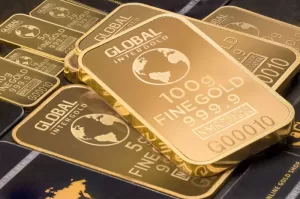
Copyright Issues
As discussed above, there are copyright issues with an NFT. Buying an NFT does not automatically grant you copyright ownership. Some artists will sell you the copyright and others will not. All you know for sure is that you “own” a particular digital file. As long as you own the file legally, then you have no worries. However, if you don’t, then you can expect the copyright owner may decide to enforce their copyright.

Another concern with copyright issues is that someone might decide to grab intellectual property which they don’t own and try to sell NFT’s of it. They might make claims of “abandonedware” or “freeware,” however it’s still a copyright violation. The law does not recognize “abandonedware” as anything. It’s not a legal term and carries no weight in a court of law. If you think this scam could never happen, it did with a company trying to sell NFT’s of “abandoned” video games. The companies owning copyright responded with DMCA takedown notices so the NFT company had to withdraw the games from the NFT’s. All those people who purchased the NFT’s for those video games now have a digital receipt which points to nothing. Each NFT will no longer allow those people to play the games they supposedly purchased. This has also happened within the art world too.
Copy Protection Issues
Along these same lines we find yet another issue to think about: copy protection issues. NFT’s are just as easy to duplicate as non-NFT files are. In fact, it’s super easy to create duplicates of an NFT file with a simple right click and copy/save command. People can easily download versions off of the internet. NFT files are merely small text files which contain a url pointing to a publicly hosted piece of media (some have layers of urls). If you’re hoping for the NFT to prove exclusive ownership, then you’re out of luck. Most people won’t check to see if a file is an NFT before downloading it. Tracing infringements and thefts will be downright difficult to impossible. Also, keep in mind that any current owner (or hacker gaining access to edit the NFT file) can change where that url points to at any time.

As far as using your NFT to prove ownership, please consider the following. We haven’t yet seriously tested NFT’s in the legal system yet. No one really knows if they will stand up in court or not. Until we do know, NFT’s bear no real legal standing either.
Phishing Scams
My final concern is phishing scams. Lately (at least at the time of writing), we’ve seen an uptick in the number of successful phishing scams targeting digital wallets. One particular scammer managed to steal several million dollars worth of NFT’s out of several different wallets. Once the scammer gained access, it was a simple matter of moving the assets. Then, there’s no trace of where they went and no way to recover the NFT’s lost. Several people poured lots of money into those NFT’s and now they’re lost forever.
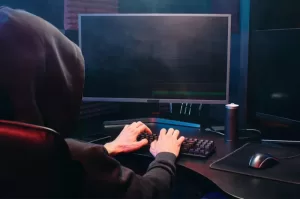
The only redeeming part of this whole affair is that the market blacklisted the stolen NFT’s so at least the thief cannot profit financially off of his ill-gotten gains. The entire community knows that those NFT’s are stolen and will not buy them or trade for them. However, there’s still no recovery for the victims. Do you want to run this kind of risk with your own money? I sure don’t.
Conclusion
Given how the current NFT art market works, I’d have to say that NFT’s don’t make sense for art. There’s really nothing THAT special about NFT’s which sets NFT art apart and makes it extra desirable. NFT files are easily compromised. They prove about as much as a regular paper receipt does: that you bought something. The current untested market has a scammy reputation. There’s no good way to integrate NFT’s with physical art. Frankly, I still find NFT’s a bit confusing myself and that’s never a good sign. I don’t see a clear path to making money using them long-term.
Perhaps the market will grow and change over time. Maybe someone will find a better way to work with NFT’s and art. Then again, maybe some of my peers will join the market and hit “pay-dirt.” Who knows? However, until such a time, NFT’s don’t make sense for art in their current iteration. I don’t plan on joining the fad. However, we’ll see what the future holds for this new art market.
Best Sellers
Cramer Imaging Newsletter

Receive monthly updates in your inbox from us.




